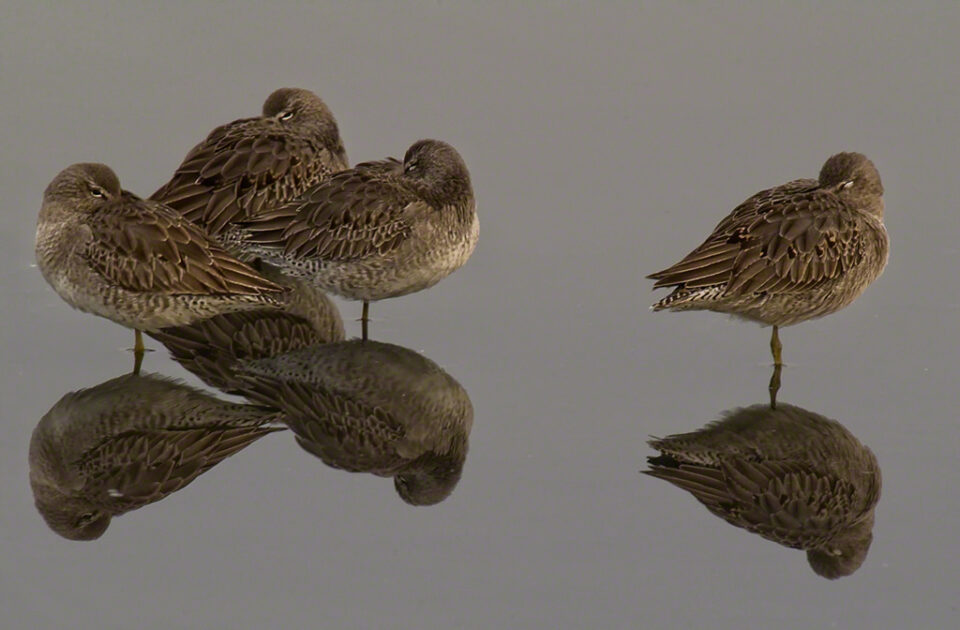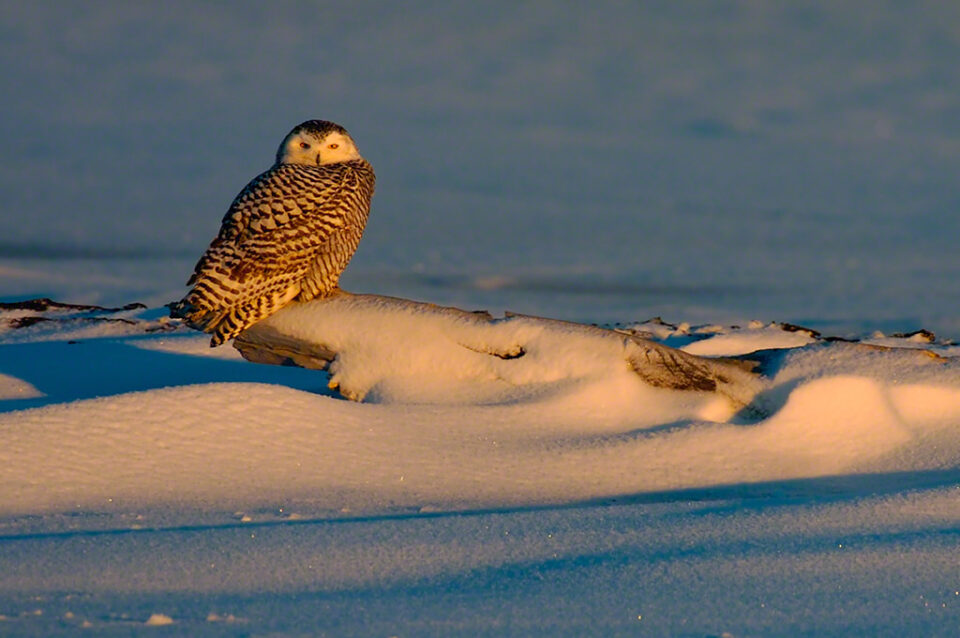What’s the BEST Lens for Wildlife Photography? If I had a nickel for every time I was asked this question, I could retire. It’s a very common and extremely valid question to ask. And to cut right to the chase, there is no one or right answer to this question. And that’s for many reasons from you, the photographer to the subject and most importantly, to the story you want to tell with your photograph. But there is a focal length that gets used over and over again and I feel is the best one to start with.

NIKON D4 + 300mm f/4 @ 300mm, ISO 400, 1/100, f/8.0
400mm, you simply can’t go wrong with this focal length however you get to it. It’s the focal length I started with and depended on for the first years of my career. It’s the lessons I learned from that lens and some of the images it created that got me to this point. You can get to this focal length in many ways, 300mm f/4 with a converter, 80-400mm, 200-400mm or a 400mm prime. No matter how you get there or which lens you have, you have the same angle of view and that’s key.
Angle of view, how much of the world you see around your subject, that’s how I think of it. Wildlife photography is very much about storytelling. What’s the subject doing, why did you take it’s photo, how does it survive, a humorous moment and so much more can be conveyed in just one click depending on what other elements you incorporate with the subject in the frame. That’s where angle of view comes into play.
The key component of the 400mm is its MFD. Minimum Focusing Distance often plays a huge role in the storytelling. Many think of it in regards to image size but I think of it in regards of doing The Dance. The Dance is where you use the focal length to exclude all the unwanted elements in a frame while you include all those that tell the story. You can do it with any focal length but for wildlife and especially in the beginning, the 400mm just excels at The Dance.

NIKON D3X + 200-400mm f/4 @ 340mm, ISO 100, 1/30, f/6.7
Perhaps the greatest gift of this lens is the biological lenses it teaches. Didn’t know a piece of camera gear can teach biology? Get close physically and use optics to isolate, this is the very important mantra I learned from those first years shooting with the Nikkor 400mm f/5.6 ED-IF lens. No matter the lens, no matter the subject, this is a key concept to better photographs. In wildlife photography, the 400mm is the king at teaching this concept. You will have to zoom with your feet to get the image size you desire often shooting with the 400mm. Watching your subject to learn what to do and not do in approaching a critter is a vital lesson that you will learn with this lens!

NIKON D1H @ 850mm, 10/200, f/11.0
Now are there other lenses, focal lengths you can successfully use in wildlife photography? Oh heck ya, tons, my favorite being the Nikkor 800mm f/5.6 VR, but I don’t recommend you start there. Even though I use the 800mm for much of my critter photography, I use the lessons I learned with the 400mm. And even though I own the 800mm, I have not one but two 400mm lenses I still depend on. The lens is a tool that your passion turns into the vehicle to tell stories. So while there is a best lens, never lose sight that it takes YOU to make the magic happen!

NIKON D2H @ 500mm, ISO 200, 2/1000, f/5.6
This guest post was written by the legendary photographer Moose Peterson, a well-known wildlife photographer whose work has been published in over 143 magazines world wide. Moose is the author of 26 books and has been recognized as A Nikon Ambassador (USA), Lexar Elite Photographer, recipient of the John Muir Conservation Award, Research Associate with the Endangered Species Recovery Program, to name just a few.
All images copyright Moose Peterson.
